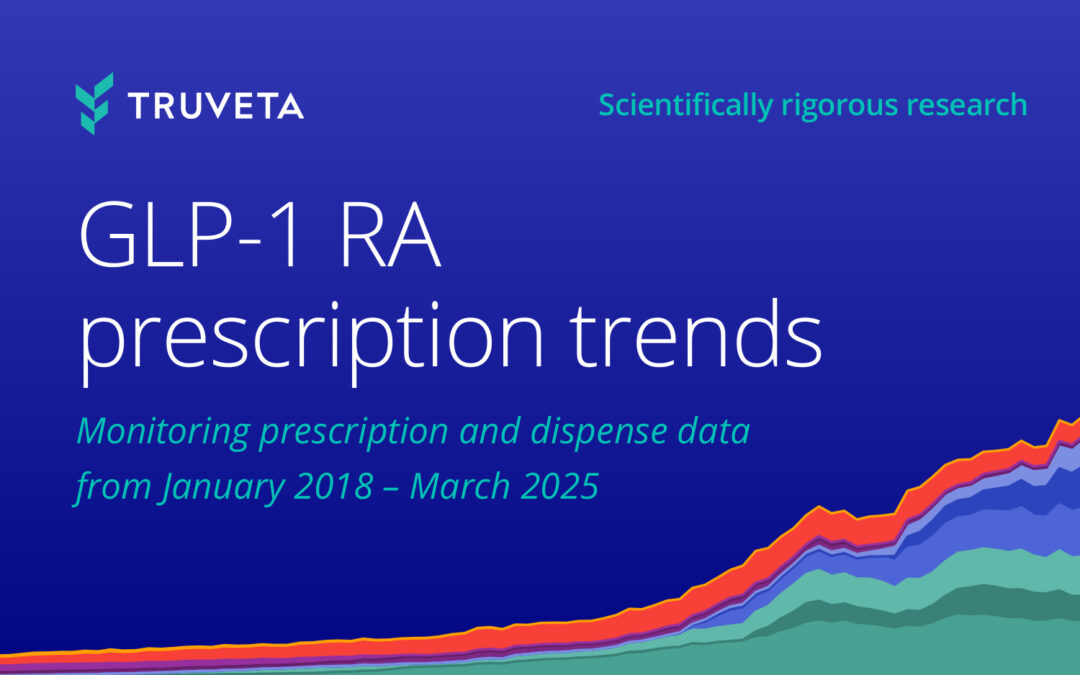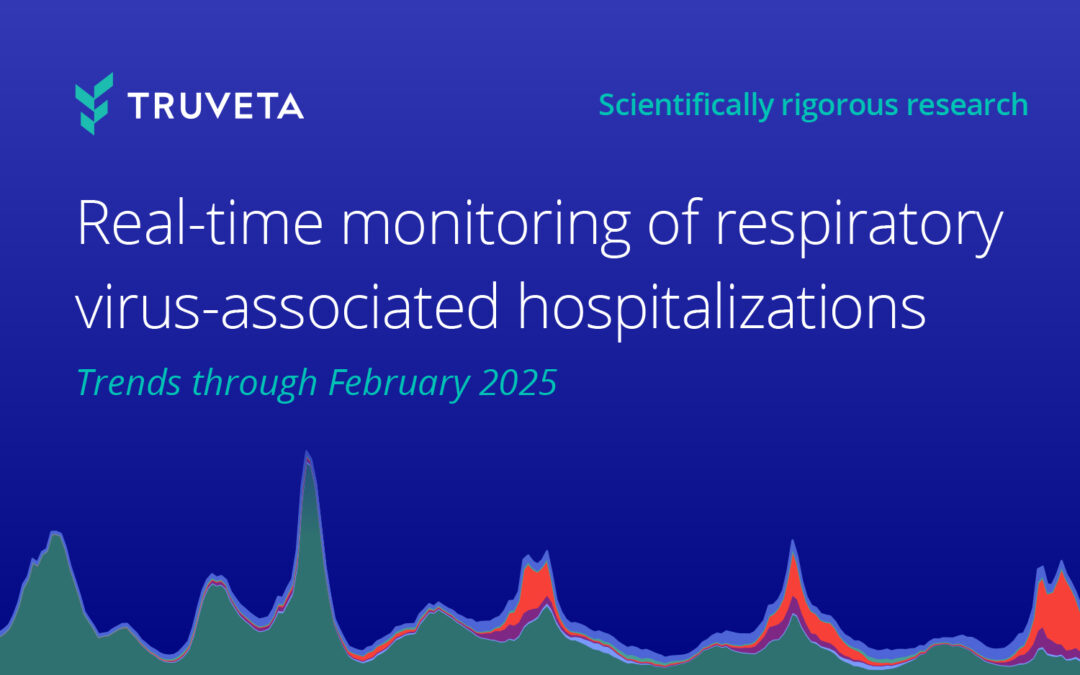Each year, approximately 900,000 patients in the United States are affected by PE, a blood clot causing a blockage in one or more pulmonary arteries in the lungs and a leading cause of in-hospital death in the U.S. Acute pulmonary embolism (PE) is the third-leading cause of cardiovascular mortality in the US, nearly as prevalent as myocardial infarction and stroke, and is the leading cardiovascular cause of in-hospital death. The device industry is innovating at a rapid rate to better support these patients, but updates to clinical guidelines are not keeping pace. Updates are traditionally informed by clinical trials or patient registry studies, which can take years to complete while therapeutic options and physician practice evolve in parallel. This lack of clear, timely evidence and guidance on the best treatment path for PE patients leaves clinicians without updated data to understand if new device therapies – let alone which devices – could provide better outcomes for patients than standard treatments, such as anticoagulants, alone.
Today at the Transcatheter Cardiovascular Therapeutics (TCT) conference, Peter Monteleone, MD, FACC, FSCAI, interventional cardiologist at Ascension Health and associate professor at the University of Texas at Austin, shared new data around the treatment of patients with pulmonary embolism – a first-of-its-kind data analysis that has the potential to help inform clinical decision-making and address a huge gap that currently exists in healthcare. In collaboration with Truveta, the study found that patients treated for pulmonary embolism (PE) with the Boston Scientific EKOS™ Endovascular System (EKOS) had lower rates of adverse events, including statistically significant lower rates of major bleeding, within seven days following their procedure compared to the Inari FlowTriever® System.
The REAL-PE study used Truveta Data to identify 2,259 patients who experienced PE and received interventional treatment with either the EKOS system or the FlowTriever system between 2009 and 2023 and compared safety events associated with both devices. This analysis is the largest comparative study to use real-time health system-based EHR data to understand clinical practices and outcomes related to PE.
Specifically, the study evaluated major bleeding events for the patients who received either the EKOS or FlowTriever systems, noting that those who were treated with the EKOS system had significantly lower rates of major bleeding events within seven days of the procedure. Data in the analysis also demonstrated that intracerebral hemorrhage within seven days following the procedure occurred significantly less frequently among patients treated with the EKOS system (0.3% vs.1.3%, p=0.005). All other studied safety events also trended in favor of the EKOS system, including in-hospital mortality (2.6% vs. 3.7%) and all-cause 30-day readmission rates (5.1% vs. 5.4%). Median lengths of hospital stay were comparable at 3.6 days for both groups.
For the full findings, you can read the published study in the Journal of the Society for Cardiovascular Angiography and Interventions (JSCAI).







